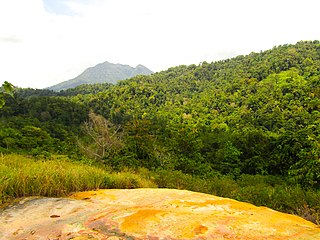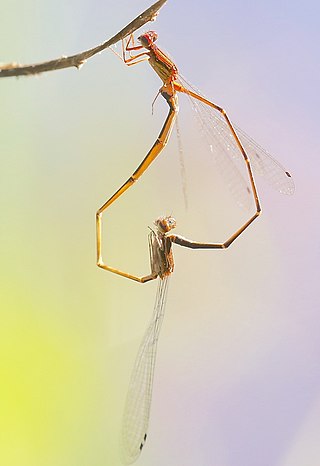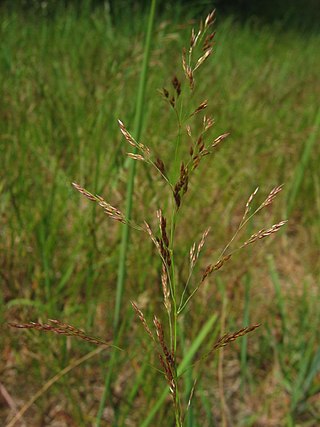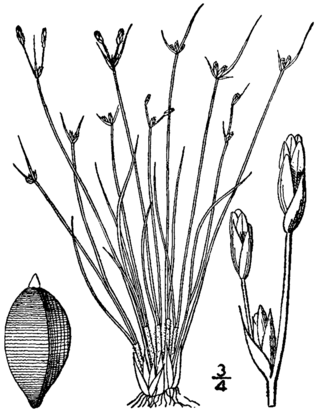
The macaques constitute a genus (Macaca) of gregarious Old World monkeys of the subfamily Cercopithecinae. The 23 species of macaques inhabit ranges throughout Asia, North Africa, and Europe. Macaques are principally frugivorous, although their diet also includes seeds, leaves, flowers, and tree bark. Some species such as the long-tailed macaque will supplement their diets with small amounts of meat from shellfish, insects, and small mammals. On average, a southern pig-tailed macaque in Malaysia eats about 70 large rats each year. All macaque social groups are arranged around dominant matriarchs.

Threatened species are any species which are vulnerable to extinction in the near future. Species that are threatened are sometimes characterised by the population dynamics measure of critical depensation, a mathematical measure of biomass related to population growth rate. This quantitative metric is one method of evaluating the degree of endangerment.

The conservation status of a group of organisms indicates whether the group still exists and how likely the group is to become extinct in the near future. Many factors are taken into account when assessing conservation status: not simply the number of individuals remaining, but the overall increase or decrease in the population over time, breeding success rates, and known threats. Various systems of conservation status are in use at international, multi-country, national and local levels, as well as for consumer use such as sustainable seafood advisory lists and certification. The two international systems are by the International Union for Conservation of Nature (IUCN) and The Convention on International Trade in Endangered Species of Wild Fauna and Flora (CITES).

Crepis capillaris, the smooth hawksbeard, is a species of flowering plant in the tribe Cichorieae within the family Asteraceae, and is native to Europe. It has become naturalized in other lands and is regarded as a weed in some places.

Agrostis stolonifera is a perennial grass species in the family Poaceae.

An IUCN Red List Critically Endangered species is one that has been categorized by the International Union for Conservation of Nature as facing an extremely high risk of extinction in the wild. As of 2021, of the 120,372 species currently tracked by the IUCN, there are 8,404 species that are considered to be Critically Endangered.

Bogani Nani Wartabone National Park is a 2,871 km2 (1,108 mi2) national park on Minahassa Peninsula on Sulawesi island, Indonesia. Formerly known as Dumoga Bone National Park, it was established in 1991 and was renamed in honour of Nani Wartabone, a local resistance fighter who drove the Japanese from Gorontalo during World War II. The park has been identified by Wildlife Conservation Society as the single most important site for the conservation of Sulawesi wildlife and is home to many species endemic to Sulawesi.

The Biak monarch, or Biak monarch flycatcher, is a species of bird in the family Monarchidae. It is endemic to Biak Island, Indonesia.

Ansell's shrew is a species of mammal in the family Soricidae. It is endemic to Zambia. Its natural habitat is subtropical or tropical moist lowland forests. It is threatened by habitat loss.
The spindle elimia is a species of freshwater snails with an operculum, aquatic gastropod mollusks in the family Pleuroceridae. This species is endemic to the United States.
Microneura caligata is a species of damselfly in the family Coenagrionidae. It is endemic to Cuba. Its natural habitats are subtropical or tropical moist lowland forests and rivers. It is threatened by habitat loss.

Protoneura is a genus of damselfly in the family Coenagrionidae. It contains the following species:
Protoneura dunklei is a species of damselfly in the family Coenagrionidae. It is found in the Dominican Republic and possibly Haiti. Its natural habitats are subtropical or tropical moist lowland forests and rivers. It is threatened by habitat loss.
Protoneura sanguinipes is a species of damselfly in the family Coenagrionidae. It is endemic to the Dominican Republic. Its natural habitats are subtropical or tropical moist lowland forests and rivers. It is threatened by habitat loss.

Agrostis capillaris, the common bent, colonial bent, or browntop, is a rhizomatous and stoloniferous perennial in the grass family (Poaceae). It is native to Eurasia and has been widely introduced in many parts of the world. Colonial bent grows in moist grasslands and open meadows, and can also be found in agricultural areas, roadsides, and invading disturbed areas.

Bulbostylis capillaris is a species of sedge known by the common names densetuft hairsedge and threadleaf beakseed. It is native to much of North America, South America and the West Indies from Canada to Bolivia.

A vulnerable species is a species which has been categorized by the International Union for Conservation of Nature as being threatened with extinction unless the circumstances that are threatening its survival and reproduction improve.

The Flores monarch is a species of bird in the family Monarchidae. It is endemic to the western half of the island of Flores in Indonesia.

Protoneura cara, the orange-striped threadtail, is a species of narrow-winged damselfly in the family Coenagrionidae, superfamily Coenagrionoidea. It is found in Central America and North America.











